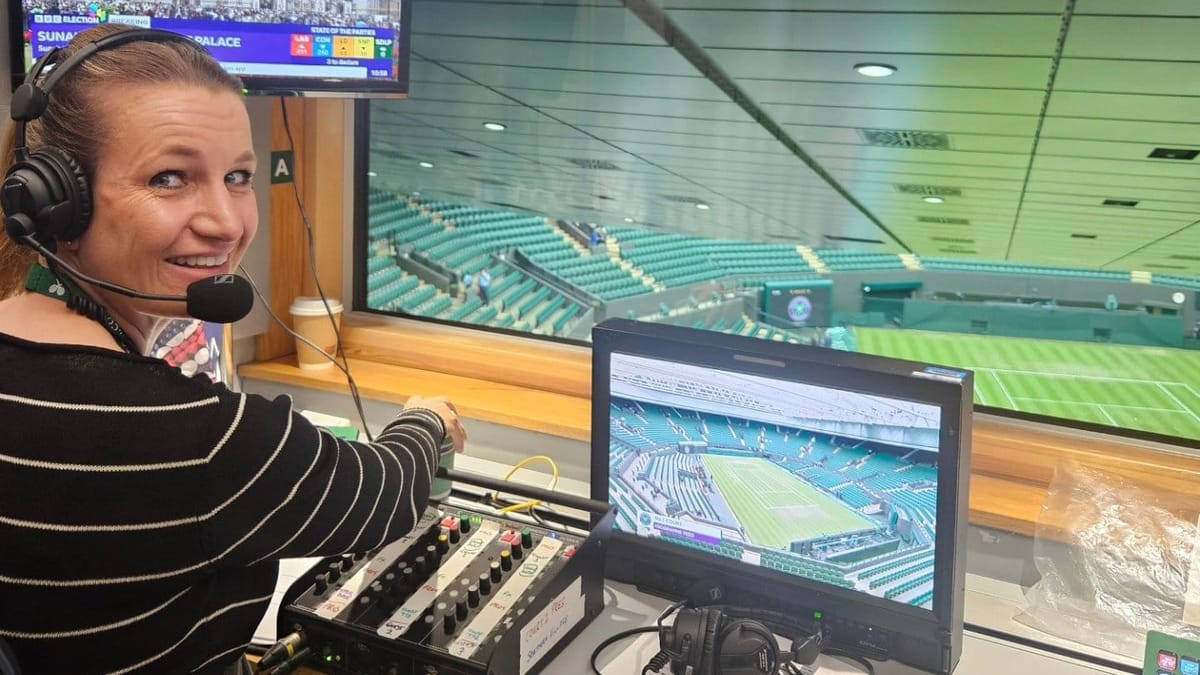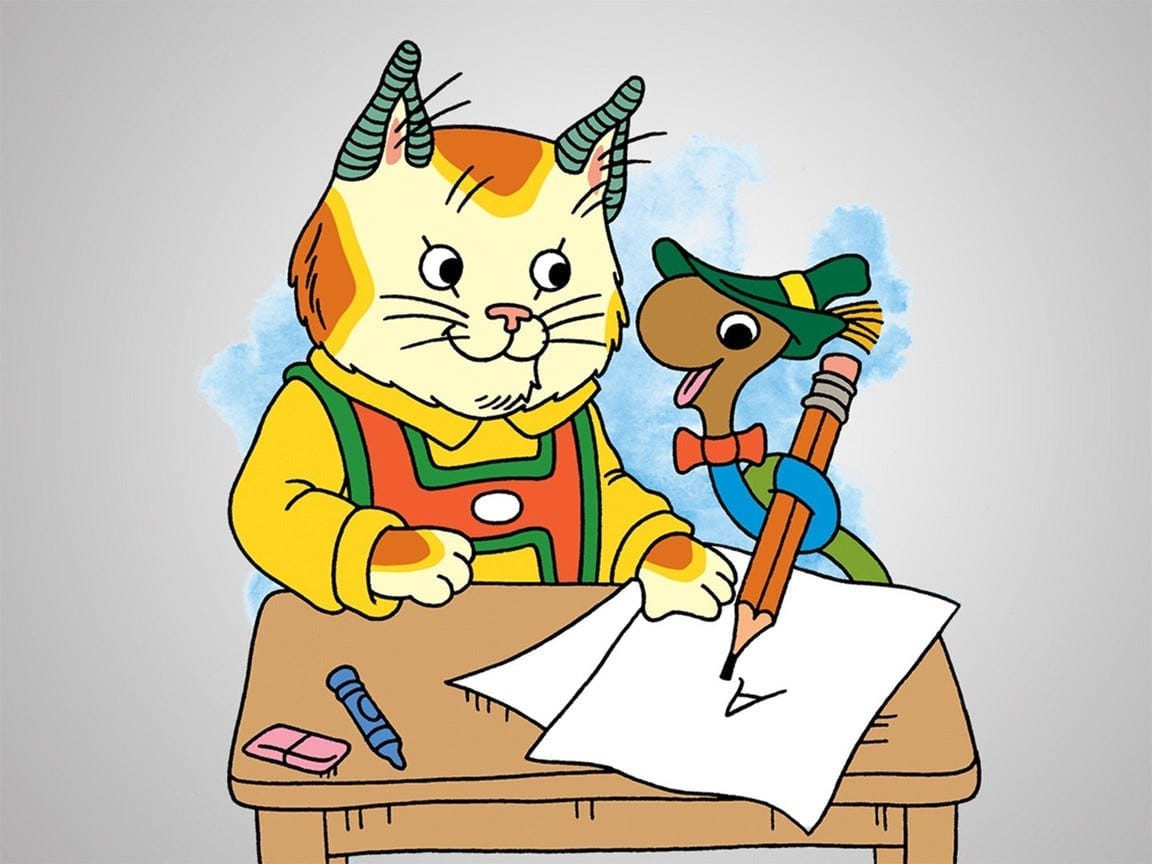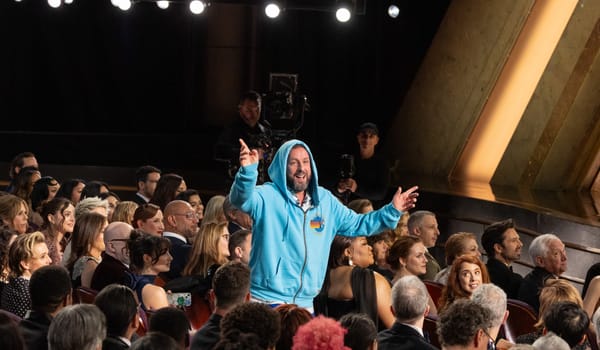One weird trick for improving broadcast sports
Sports streaming platforms hate him!

As the world’s first broadcast medium, radio has a strong history of excellent sports coverage. Before you could watch the big game in 4K HDR, you could tune in to your local AM radio station to hear continuous play-by-play coverage of baseball, football, boxing—whatever was popular enough in your area to warrant coverage.
Baseball, in particular, still has a strong contingent of fans who prefer the radio broadcasts despite the rise of television several decades ago. Some, like Allison Johnson at The Verge, appreciate that it’s a screen-free activity—you don’t have to dedicate your whole afternoon to a baseball game, you can listen while finishing a puzzle or baking or cleaning the house. Other fans combine the two broadcasts, muting the television and tuning into the radio for commentary instead.
It may seem driven by nostalgia, but in many cases, radio commentary is simply better. By nature of the medium, radio commentators are local personalities, some of which have followed their teams for decades and have rich knowledge that no national commentator can match. Radio commentators also have to actually describe the play happening out on the field; they can’t rely on the visuals to do half of the work for them. With the TV on, you get a Hannah Montana, best of both worlds situation. You hear more interesting commentary and you’re not going to miss seeing that game-winning home run.
Back when television was also beamed into your home with electromagnetic waves, the two broadcasts were relatively synchronized. But as TV has gotten more complicated—sent over cable, satellite, and now internet streaming—it’s fallen further behind old-fashioned radio. You now need to find a way to delay the radio broadcast several seconds, whether that’s with a dedicated gadget like the SportSync Radio or with software like Radiodelay.
With the rise of streaming, there’s also a slightly more integrated solution. MLB.TV, the official streaming platform of Major League Baseball, allows you to swap in either the home or away team’s radio broadcast while watching a game, all in the app. Apple kept this feature when they started showing Friday Night Baseball on Apple TV+ and even carried it over to their soccer coverage when they picked up streaming rights to the full MLS season.
In theory, this is an ideal technical solution, as the streaming platform can ensure the radio audio is perfectly synced—no tape delay required.
Unfortunately, it’s an idea that hasn’t caught on with other broadcasters. I found myself wishing for easy radio access when watching Wimbledon coverage these past two weeks—I both appreciate the actual play-by-play and would like to remove John McEnroe, tennis’ worst commentator, from my ears.
BBC, which shows Wimbledon in the United Kingdom, also covers some matches on BBC Radio 5 Sports Extra, and I feel like it should be easy enough to incorporate that into iPlayer. Even better: integrate Wimbledon’s own radio broadcasts, accessible on-site and online, into iPlayer. (Even betterer: stop hiring John McEnroe.)
Some tennis fans would prefer to go in the complete opposite direction and remove commentary entirely, leaving only the sounds of the racquets, balls, players, and umpire. TennisTV, the sport’s bespoke streaming service, actually offers this on some broadcasts.
I think this speaks to the possibilities available with sports streaming. Sports broadcasts no longer have to be a one-size-fits-all proposition. Streamers everywhere, from Amazon to YouTube to Disney, are paying hand over fist for sports broadcasting rights, hoping it helps them gain and retain subscribers. The least they could do with their newfound power is offer something traditional broadcasters can’t: options.
📻 More Night Water to tune in to 📻







